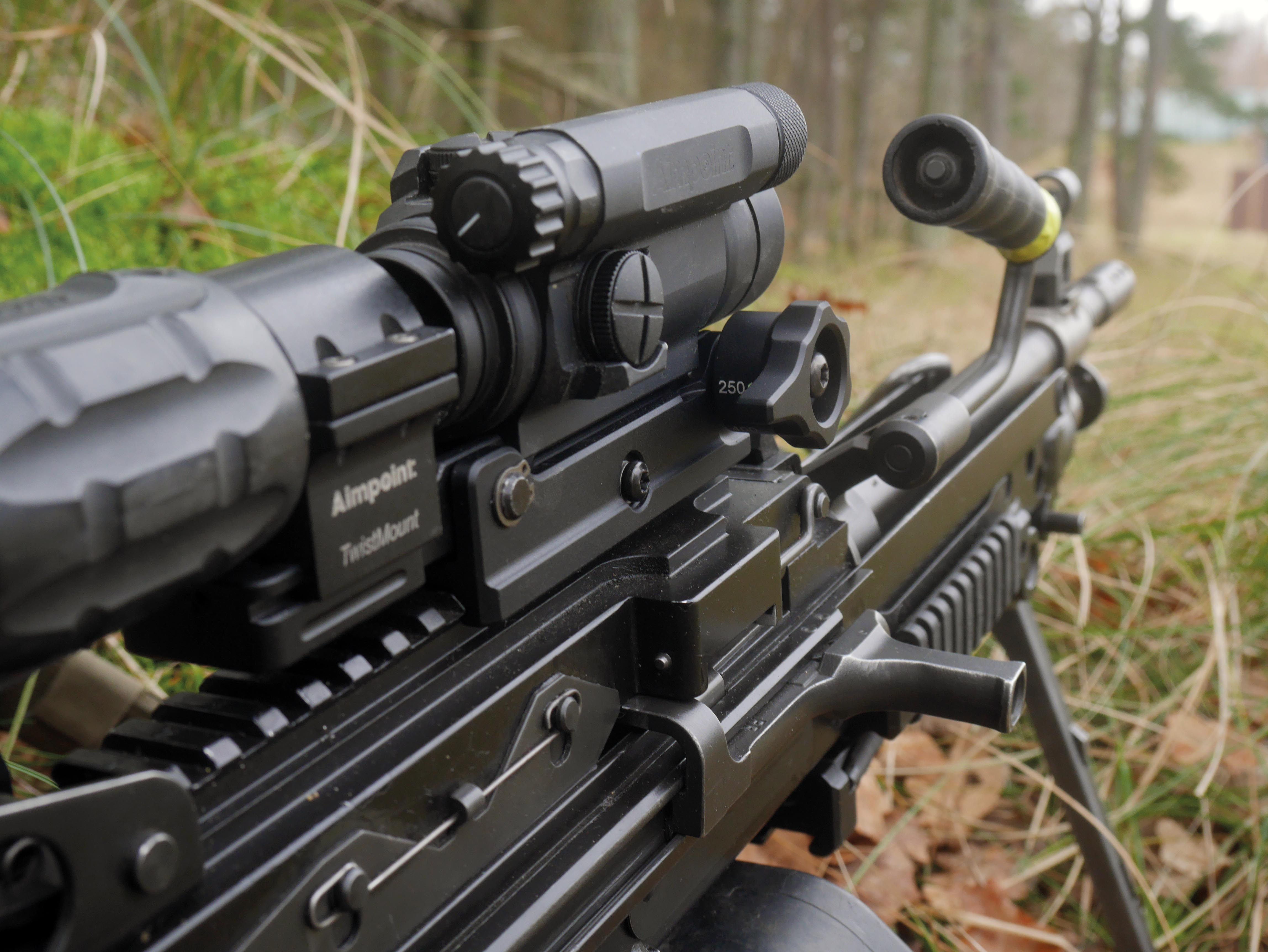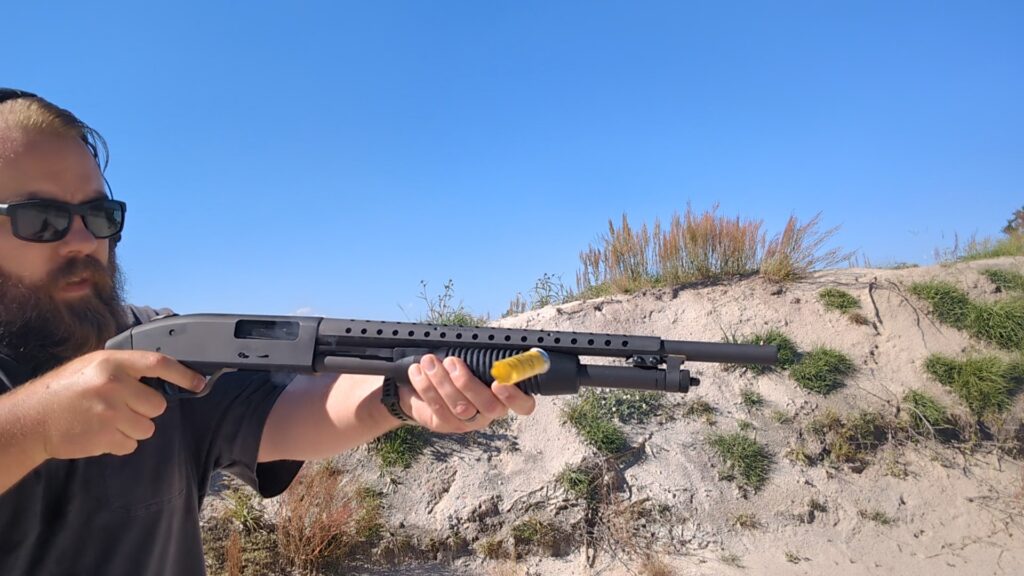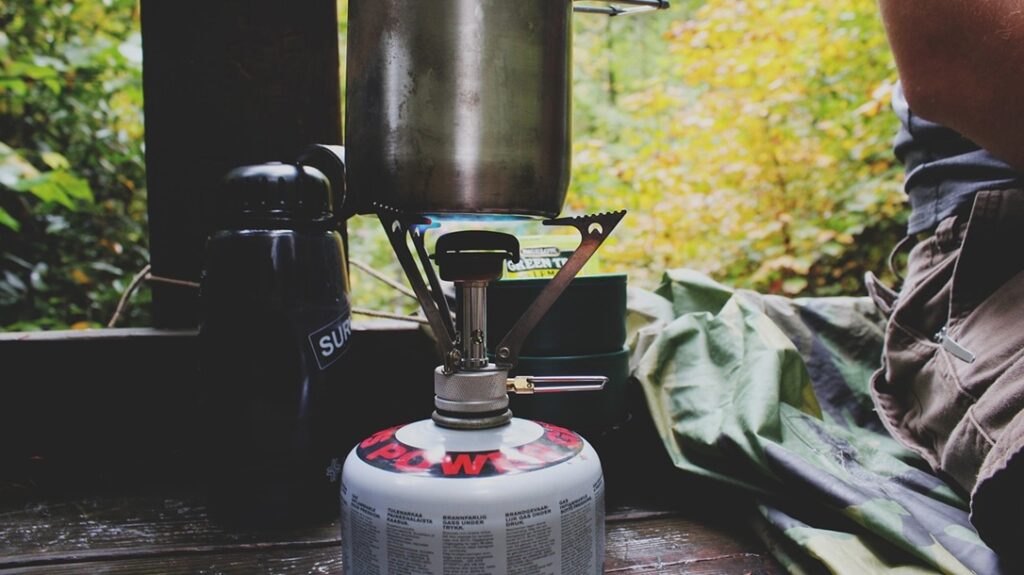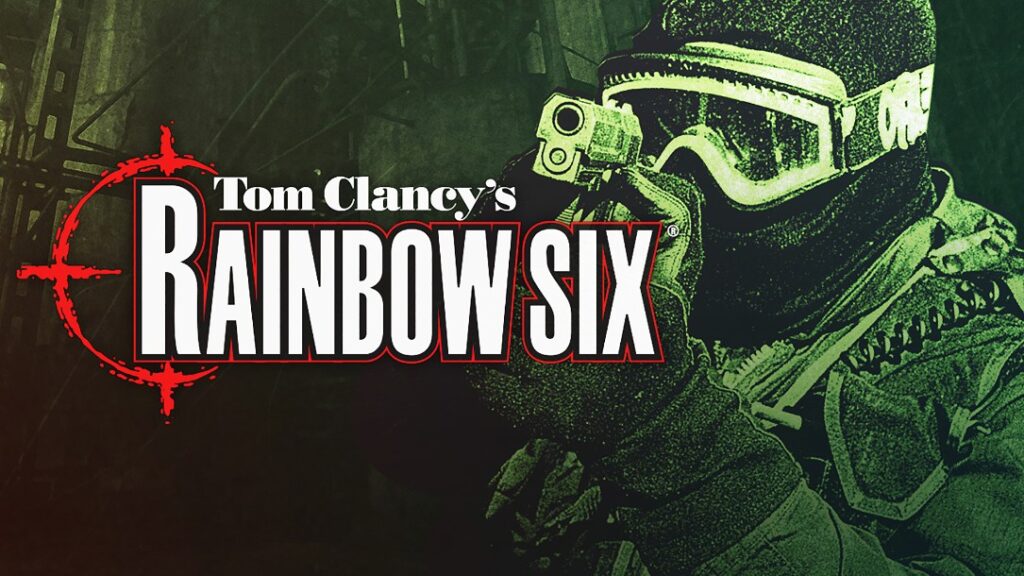Stephanie has talked at length about SPUHR and the engineering marvels of Hakan. Then this past weekend I see Ian of Forgotten Weapons post this gem about an optic system in a slightly different train of thought than the typical bomb proof SPUHR scope rings.
BAM! Or B.A.M. the Ballistic Adjustable Mount is SPUHR’s solution to the conundrum of machine gun optics.
As Ian points out, rifle and machine gun optics are two very different animals. I was having these discussions at the beginning of the decade with my platoon commander, I was sitting as the defacto platoon sergeant watching our squad leaders run contact drills and we were discussing the M249 SAWs and upcoming M27’s. We both had pretty much matching opinions on the subject. Ian’s opinion closely matched ours.
Advertisement — Continue Reading Below
In the Marine Corps, for all our line company weapon systems, we ran ACOGs. M16’s and M4’s ran TA31’s, M249’s (and later M27’s) ran TA11’s with RMR’s on top, and the M240’s ran TA648’s with RMR’s. It was a… durable solution to the problem of providing our support and suppressive weapons with greater observation power and quicker adjustments to get rounds on target.
The problem is that automatic weapons use a ‘One Sight Picture/Burst’ instead of a ‘One Sight Picture/Shot’ method of operation. Firing 7-10 rounds it an area to control movement within it as well as cause casualties. Automatic weapons are about area dominance, they are used more often to deny an enemy element movement then they are to cause direct fire casualties. That is what rifles are for.
A burst is going to break your sight picture, period. A magnified optic, even one with a 1x setting, has an eye box that is going to be disrupted during firing. This means getting back onto target becomes more difficult as you deal with searching the narrow field of view to reacquire and re-engage. Ideally, you want magnification to find and observe and an open sight to engage so the gunner can very quickly reacquire the sight.
Advertisement — Continue Reading Below
Marines will often use two person teams to accomplish this, one observes and calls adjustments and the second sits behind the gun pulling the trigger, supporting the gun, and looking at the narrower sight picture. This is an imperfect solution as it requires two brains to communicate and process two visuals that the other cannot see and is not processing in the same way, but it does work. It takes practice to do well and a team that has worked together will do it better than two who have not.
Solutions to lower the number of people needed to effectively run machine guns have been a heavy focus of GWOT efforts and SPUHR’s optics solution helps further the cause quite nicely.
The B.A.M.

Advertisement — Continue Reading Below
This Bad Ass Mutha is a modification of what operators have been doing with the RDS/Magnifier combinations for a long time now. The open eyebox of a Holographic or Red Dot optic makes them fast and, more importantly, the fastest sight to reacquire. The magnifier behind the dot grants 3x and 6x observational capability and the ability to use shorter bursts (or single shots on newer machine guns) with great effect.
Added onto that base capability is a range knob that will adjust the whole simple assembly for greater distances. No drastic hold overs, point of aim/point of impact with your dot. This allows the gunner to do all the thinking and make the decisions for the gun on their own, limiting the feedback they need from a second person. Both LMGs and GPMGs are increasingly one person on the gun so being able to do more is a critical need.
The theory is simple, observe using the 3x or 6x magnifier to confirm the target and then flip it out of the way so you can track the dot during recoil and reset it to the spot after each burst. Flip the magnifier back for detailed obersvation.
Advertisement — Continue Reading Below
The Marines tried, with a modicum of success, to do with this with the ACOG/RMR set up, but problem is you have to give up a good position on the gun to use the unmagnified optic and in moving your body you further disturb your aligned position. The B.A.M just allows this same capability from the strongest position behind the gun, for both magnified and unmagnified use it is the same body position and the magnifier just moves helpfully into and out of place with your support hand.
You can use it or lose it on the fly depending on your immediate need as the gunner, a solid position might allow you to fire with the magnifier in place while a hastier position may require you to flip it to the side to be effective.
The point ultimately being, the SPHUR B.A.M. provides a rock solid plate of capabilities to a machine gunner that needs a different set of optical capabilities than the riflemen they are supporting.
Advertisement — Continue Reading Below
And that’s just neat.















